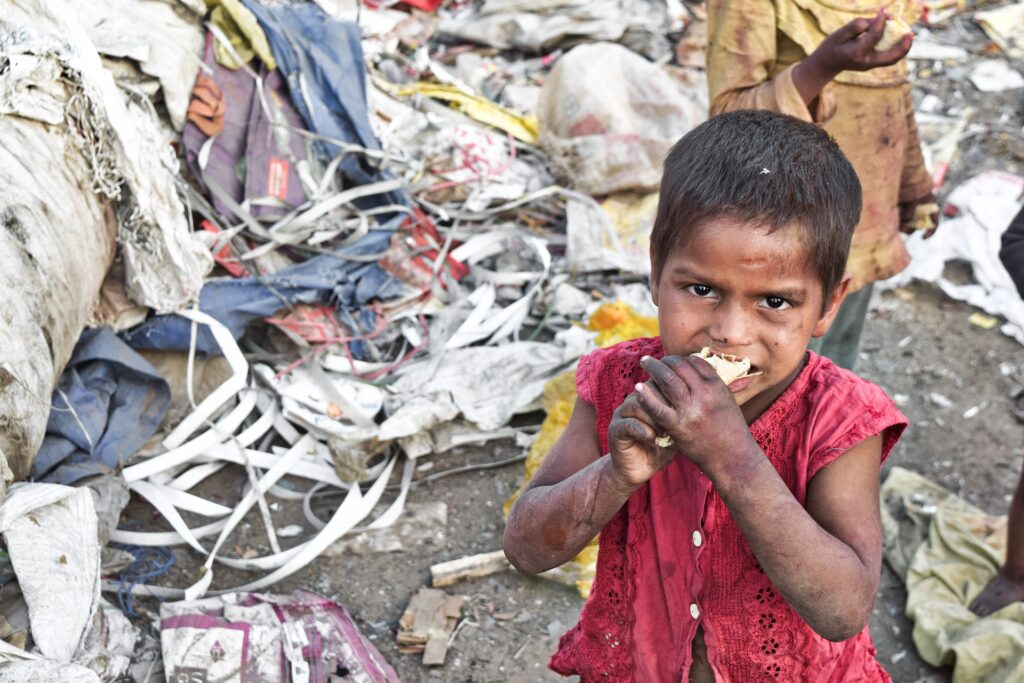Best Education

Send Child To School For Education
Another report from 2013 stated that there were 229 million students enrolled in different accredited urban and rural schools of India, from Class I to XII, representing an increase of 2.3 million students over 2002 total enrolment, and a 19% increase in girl's enrolment.
While quantitatively India is inching closer to universal education, the quality of its education has been questioned particularly in its government run school system. While more than 95 per cent of children attend primary school, just 40 per cent of Indian adolescents attend secondary school (Grades 9-12).
Since 2000, the World Bank has committed over $2 billion to education in India. Some of the reasons for the poor quality include absence of around 25% of teachers every day. States of India have introduced tests and education assessment system to identify and improve such schools.
Issues
As per 2016 Annual Survey of Education Report (ASER), 3.5% schools in India had no toilet facility while only 68.7% schools had usable toilet facility. 75.5% of the schools surveyed had library in 2016, a decrease from 78.1% in 2014. Percentage of schools with separate girls toilet have increased from 32.9% in 2010 to 61.9%in 2016. 74.1% schools had drinking water facility and 64.5% of the schools had playground.
Following independence, India viewed education as an effective tool for bringing social change through community development. The administrative control was effectively initiated in the 1950s, when, in 1952, the government grouped villages under a Community Development Block—an authority under national programme which could control education in up to 100 villages. A Block Development Officer oversaw a geographical area of 150 square miles (390 km2) which could contain a population of as many as 70,000 people.
Women have a much lower literacy rate than men. Far fewer girls are enrolled in the schools, and many of them drop out. In the patriarchal setting of the Indian family, girls have lower status and fewer privileges than boys. Conservative cultural attitudes prevent some girls from attending school. Furthermore, educated high class women are less likely than uneducated low class women to enter the workforce They opt to stay at home due to the traditional, cultural and religious norms.
